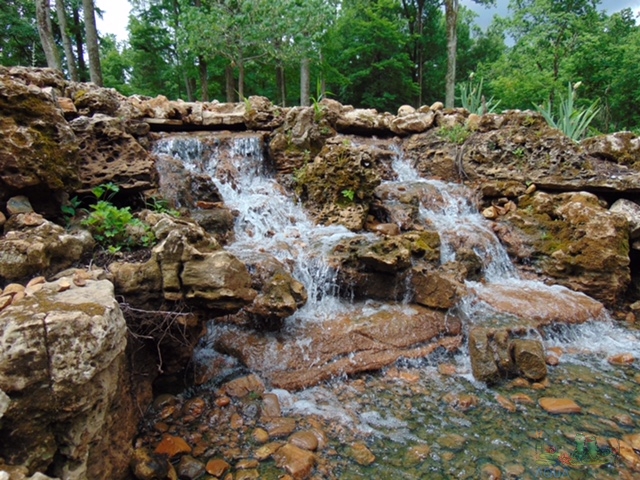Outdoor water design is the art of transforming your garden or patio into a serene retreat where nature and technology blend seamlessly. Thoughtfully integrated water features create dynamic focal points, add soothing sounds, and set the mood for relaxation and entertaining. By merging artistic vision with practical design, you can craft a landscape that not only pleases the eye but also nurtures your well-being. 💧
Crafting a Vision
Every great water design project starts with a clear vision. Consider the ambiance you wish to create—do you imagine a tranquil pond that invites reflection, a playful fountain that enlivens a family space, or a modern waterfall that becomes the centerpiece of your landscape? Your vision will guide choices in layout, scale, and style, ensuring that each element contributes to a unified outdoor environment.
Key Components of Outdoor Water Design
1. Water Features as Focal Points:
The water element is the heart of your design. Whether you choose a small, intimate fountain or a large, cascading waterfall, the water feature should serve as a natural gathering point. It sets the tone for the rest of the space, drawing attention and anchoring your overall design. Energy-efficient systems like the Aquascape Ultra series provide reliable performance while maintaining an eco-friendly profile.
2. Integration with Landscaping:
Outdoor water design is most effective when the water feature is seamlessly integrated with the surrounding landscape. Incorporate natural materials such as stone, gravel, and native plants to create a harmonious transition between hardscape and softscape. This blend not only enhances the beauty of your installation but also supports local wildlife, contributing to a balanced ecosystem.
3. Lighting and Ambiance:
Strategic lighting is a game changer in outdoor water design. Installing low-voltage LED lights can accentuate the contours of your water feature and create dramatic shadows that evolve with the fading light. Whether you opt for subtle illumination that highlights gentle ripples or bold colors that transform your space into a nocturnal wonderland, lighting adds depth and dimension to your design.
4. Sustainable Design Practices:
Sustainability is a key consideration in modern outdoor water design. Recirculating water systems reduce waste and lower energy costs, while the use of native plants minimizes the need for chemical treatments. By investing in sustainable technology, you ensure that your water feature remains beautiful and functional with minimal environmental impact.
Bringing Your Design to Life
The success of your outdoor water design lies in the details. Begin by mapping out your space and selecting a location that maximizes both aesthetic appeal and practical functionality. Consider factors such as sunlight exposure, proximity to power sources, and the flow of foot traffic. Collaborate with landscape designers or water feature specialists to refine your vision and address technical challenges.
Invest in quality components that promise durability and low maintenance. Modern systems with automated controls and sensor-driven adjustments allow you to manage water flow and lighting effortlessly, so your outdoor retreat continues to impress long after installation.
Outdoor water design offers a unique opportunity to merge art, nature, and technology into a living, breathing masterpiece. By carefully selecting water features that complement your landscape, integrating sustainable practices, and utilizing smart lighting, you can create an inviting, dynamic space that adapts with the seasons and transforms your everyday environment. Embrace the beauty and innovation of outdoor water design, and let your garden become a sanctuary that refreshes both mind and spirit. 😊

